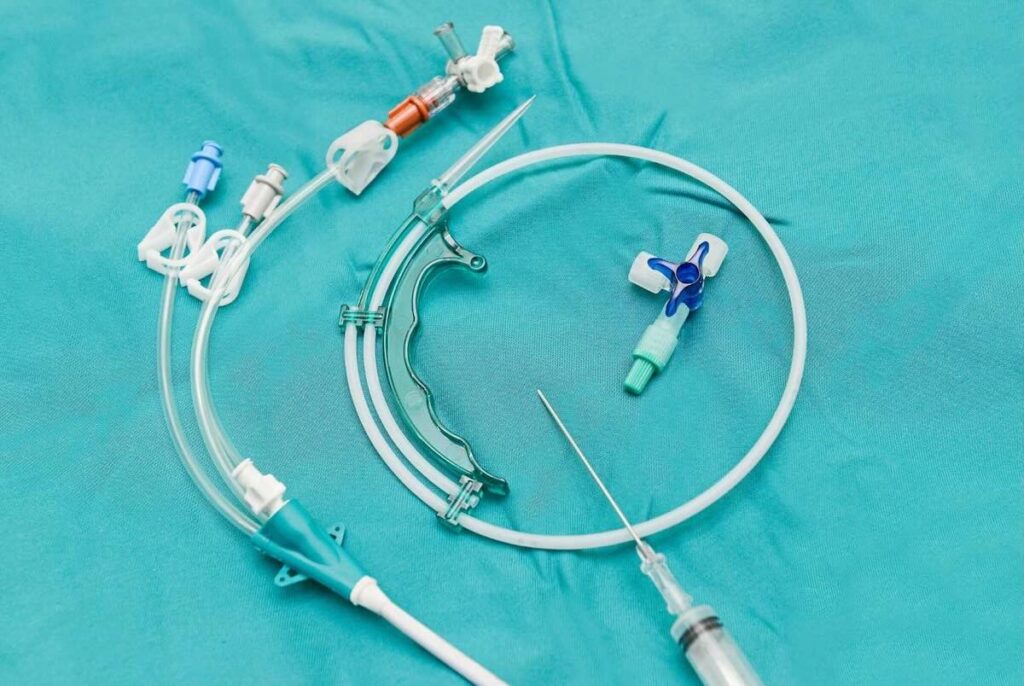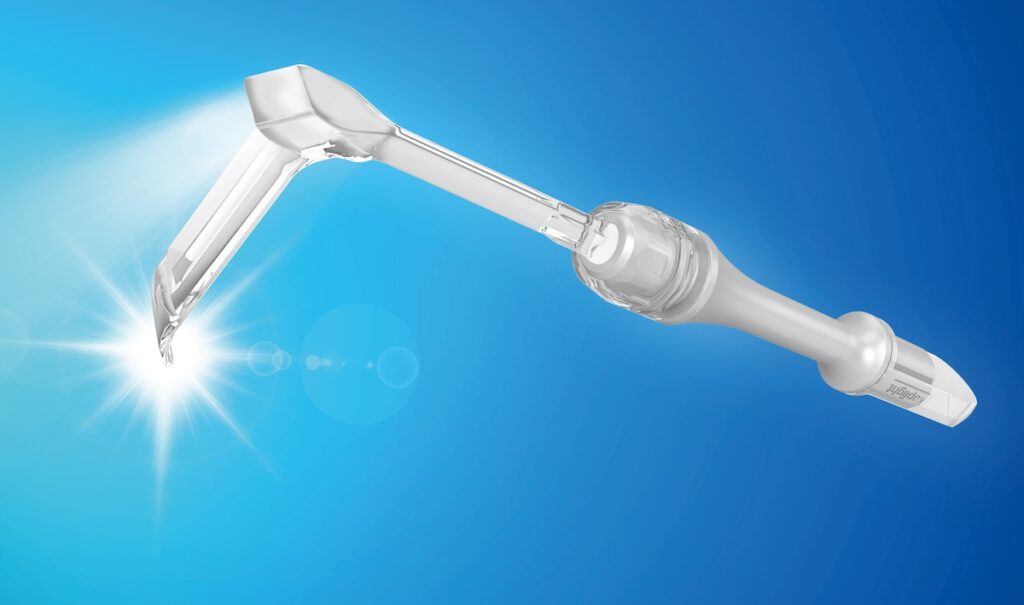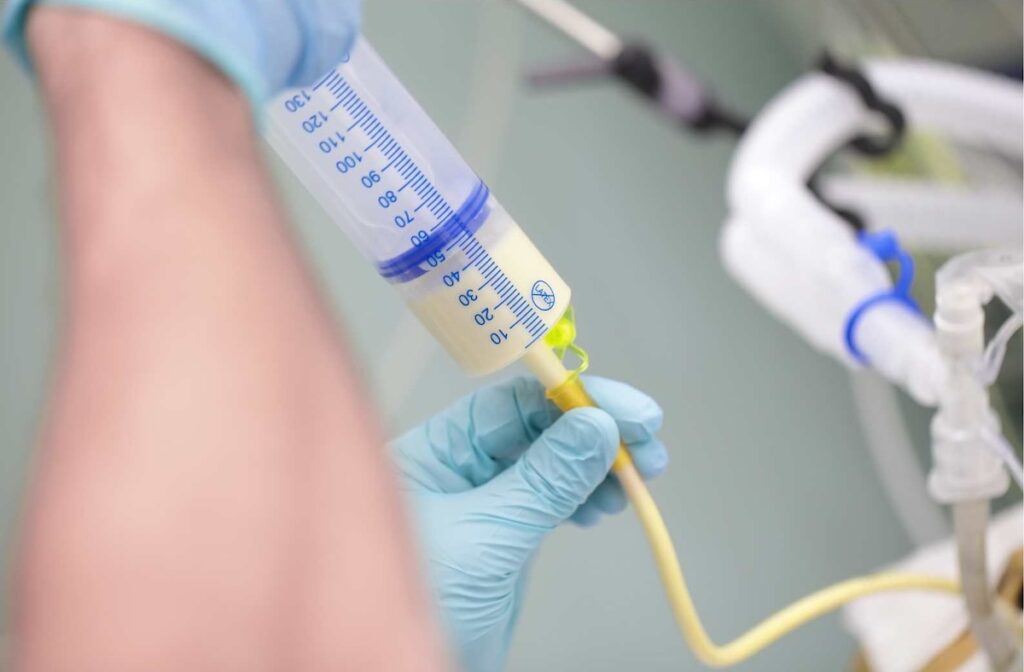Plastic surgical devices are increasingly used as they become more durable, reliable, and safe, among other benefits. Surgeons often choose plastics over conventional materials like steel, titanium, or aluminum because of their efficiency and lower cost, among other features.
This article discusses nine of the most prominent plastic surgical devices and why they are attractive and functional alternatives to devices made with other materials.
Why plastic instead of metal or another material?
Plastic medical devices have qualities that set them apart from devices made of steel, ceramic, or glass. The benefits of plastics include the following:
- Easy to produce and widely available
- Increase surgical efficiency and quality
- Reduce costs associated with repeated sterilization
- Lightweight, flexible, and can be molded into almost any shape
- Increasingly durable compared with conventional hard materials like metals
- Resistant to water, light, high temperatures, infections, and corrosion
- Compatible with X-rays and MRI scans
- Biocompatible with body tissues
- Recyclable
With all their advantages, plastic devices come with a few drawbacks. They pose a greater risk of polluting the environment. Certain plastics can also be toxic to human health, primarily by disrupting the endocrine system.
1. Syringes and needles
Surgical team members use syringes to clean wounds or cavities, inject a liquid into the body, or remove it from the body.
Modern syringes are made of polypropylene (PP) or cyclic olefin copolymer (COC). These plastic polymers make them light, cheap, and easy to handle.
Syringes have a tiny nozzle on top where a needle can be placed to transfer liquids. The needle is made of stainless steel and covered with a plastic cap.
Because they are so cheap, plastic syringes are used only once and disposed of. This practice largely reduces the risk of bacterial or viral infections such as hepatitis or HIV. Due to their superior benefits, plastic syringes have replaced the classical ones made of metal or glass.
Plastic syringes, like many other plastic devices, are typically made of four main polymers:
- Polyvinyl chloride (PVC)
- Polypropylene (PP)
- Polyethylene (PE)
- Polystyrene (PS)
2. Catheters
Medical catheters are tubes that transfer fluids, medications, or gases to the surgical patient. The term “catheter” is often reserved for tubes that drain fluids from the body, such as urinary (Foley) catheters. It is also used to denote balloon catheters and central venous catheters.

Catheters cause a high rate of infections. According to the CDC, 75% of hospital-acquired urinary tract infections are associated with urinary catheters. So, the materials they are made of are an ongoing topic of debate.
Catheters are commonly made of plastic polymers, such as polyurethane, polyethylene, and polyvinyl chloride (PVC). Silicone- or latex-containing types are also widely available. Catheters are typically used once and discarded.
Plastic catheters have the following advantages over other materials:
- Adjustable firmness during insertion, protecting delicate organs such as the urethra and urinary bladder
- Considerably less rigid than silicone tubes
- Fewer allergic responses, as with latex catheters
- Comparatively inexpensive
That said, they can also come with a few cons. For example, polyurethane plastic catheters used as central venous ports are more frequently affected by infections and blood clots than silicone catheters.
3. Feeding tubes
Similarly to catheters, feeding (nasogastric) tubes are tube-shaped medical devices. Feeding tubes provide nutrition to patients who cannot get food by mouth or swallow safely, especially during gastrointestinal surgeries.
Plastic feeding tubes usually are made of PVC or polyurethane. They’re affordable and not rigid or brittle. Plastic tubes protect the insides of organs and do not crumble under pressure easily, making them a desirable choice in comparison with materials such as silicone. Feeding tubes are typically discarded after a single use.
4. Scalpel handles and blades
Scalpels are small knives that surgeons use to make precise incisions. They consist of a sharp blade that cuts into tissue and a handle, which may be detached from the blade. After the surgery is complete, the scalpel blades are discarded, while the scalpel handle can be sterilized and reused.
Scalpel blades are traditionally made of carbon steel, stainless steel, titanium, ceramic, or diamond. However, there are disposable scalpels made of plastic polymers, such as PVC, which are thrown away after use. Metal scalpels can also be coated with a polymer that increases their lubricity.
Utilizing plastic materials to create scalpels cuts expenses and increases safety. Additionally, this practice can improve surgeon experience and overall surgical success. A report from Worcester Polytechnic Institute suggests that ergonomic scalpel handles made of plastic in combination with other materials optimize instrument weight and balance, allowing for a better grip and handling.
5. Retractors
A retractor is a surgical device used to obtain and maintain access to areas and organs during surgeries. This instrument can separate the edges of an incision and keep nearby body organs from getting in the way of a surgeon’s view. A good retractor is safe and simple to use and provides a broad view.

Large retractors are typically built from metal, such as stainless steel. However, recent, more compact plastic retractors made of polyurethane have proven to be as effective, especially for complex GI and gynecological surgeries. They’ve also shown positive results in precise neurosurgical operations involving the brain.
Plastic retractors’ benefits include:
- Clear visualization of underlying structures
- Transparent or translucent, giving greater visibility of the operating field
- Minimal obstruction in imaging
- Can decrease wound contamination compared with non-plastic retractors
6. Drainage systems
Surgeons place a surgical drainage system under or over the skin to remove pus or blood from a wound or body cavity. Examples of such systems are Jackson-Pratt drains, Hemovac drains, Blake drains, and Penrose drains.
Surgical drainage systems comprise thin tubes that may also have collector devices, depending on the type of drain. These components are made of various materials, including plastic (PVC), silicone, and latex rubber.
Plastic tubes and collectors of drainage systems represent a reliable, widely available, affordable, and hypoallergic option for draining fluids. They are easy to maintain and can be disposed of after use.
7. Trocars and cannulas
Trocars are surgical devices used in minimally invasive surgeries. They consist of an awl or tip, a cannula, and a sealed cap.
Trocars and their cannulas are often produced using clear PVC plastic. This approach contrasts with more conventional ways of using trocars made of metal.
Advantages of plastic trocars and cannulas include:
- Disposable
- Time- and cost-efficient
- Able to be molded into various diameters, as needed
- Safe to use and minimize organ damage by employing blunt tips
- Can be transparent, allowing surgeons to see where the instrument lies at any time and adjust the position of its tip accordingly
8. Surgical sutures and staplers
Surgeons use sutures and staplers to close incisions or wounds.
Sutures come in various shapes, sizes, and materials, depending on their intended application. Popular materials include polymer fibers and silk. Surgeons use non-absorbable polypropylene sutures (a plastic polymer) to close off skin wounds. These sutures have excellent tensile strength and are identified by their blue color.
Modern surgical staplers, however, can be made of disposable plastic or reusable stainless steel.
The staples inside the stapler cartridges are typically made of titanium or stainless steel. These materials prevent any contamination and reduce scars. Plastic staples are also available when a patient is allergic to the mentioned metals. They are flexible, durable, and infection-repelling.
9. Implants and prosthetics
High-quality implants and prosthetics have revolutionized surgical treatment.
Implants are necessary for:
- Heart valve replacement surgeries
- Orthopedic joint replacement surgeries
- Facial plastic surgeries, such as rhinoplasty
Implants are traditionally made of metals, such as titanium, carbon, or even silicone. However, they might soon be substituted by medical plastics, such as ultra-high-molecular-weight (UHMW) polyethylene.
Polyethylene is a cost-effective plastic polymer that has proven highly beneficial as a joint implant. It can withstand pressure while interacting well with surrounding tissues.
A noteworthy plastic polymer for prostheses is polypropylene. It first appeared as a potential prosthetic material among classical materials like aluminum, titanium, steel, or silicon. Polypropylene is lightweight and easy to work with. These are properties that unquestionably come up when considering replacing limbs or fingers.
Recently, scientists have considered the concept of 3D-generated plastic implants and prostheses. This approach could significantly improve surgical outcomes and reduce costs.

